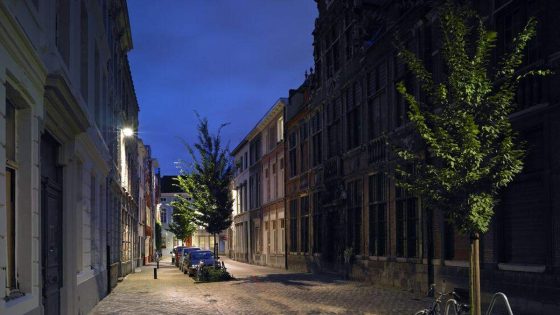Gent is advancing its street lighting with the installation of 12,000 new LED armatures, aiming to improve energy efficiency and safety. Since 2025-08-01 01:00:00, pilot projects in Macharius-Heirnis and Sint-Amandsberg tested dimming the lights twice for two-week periods.
- 12,000 LED fixtures installed in public areas
- Pilot projects dimmed lights twice yearly
- Residents reported minimal impact on safety
- Dimming saves 30% energy, €110,000 yearly
- Lights off during COVID caused safety concerns
- Plan to adopt interactive LED by 2030
Residents noticed little difference in brightness, and importantly, their sense of security remained intact. According to Joris Vandenbroucke, Gent’s alderman for Spatial Planning, dimming the lights at night reduces energy consumption by 30%, saving the city approximately €110,000 annually.
With these promising results, the city plans to integrate new LED lights into this dimming system and aims for full interactive LED lighting by 2030. But how will this balance between energy savings and public safety evolve in the coming years?
Could dimmed lighting become the new normal across Belgium? The pilot shows that reduced brightness does not reduce safety or comfort, challenging the assumption that brighter always means safer. Key takeaways include:
- Residents barely noticed the dimming, maintaining their sense of security.
- Completely turning off lights during COVID-19 caused safety concerns and hindered emergency services.
- Energy savings from dimming contribute significantly to Gent’s sustainability goals.
- The city plans to expand dimming as new LED fixtures are installed, targeting full interactive LED use by 2030.
As Gent leads the way, other Belgian municipalities might soon follow suit. Will dimmed LED lighting become standard nationwide? Citizens and policymakers alike should watch closely as technology and community feedback shape the future of public lighting.

































